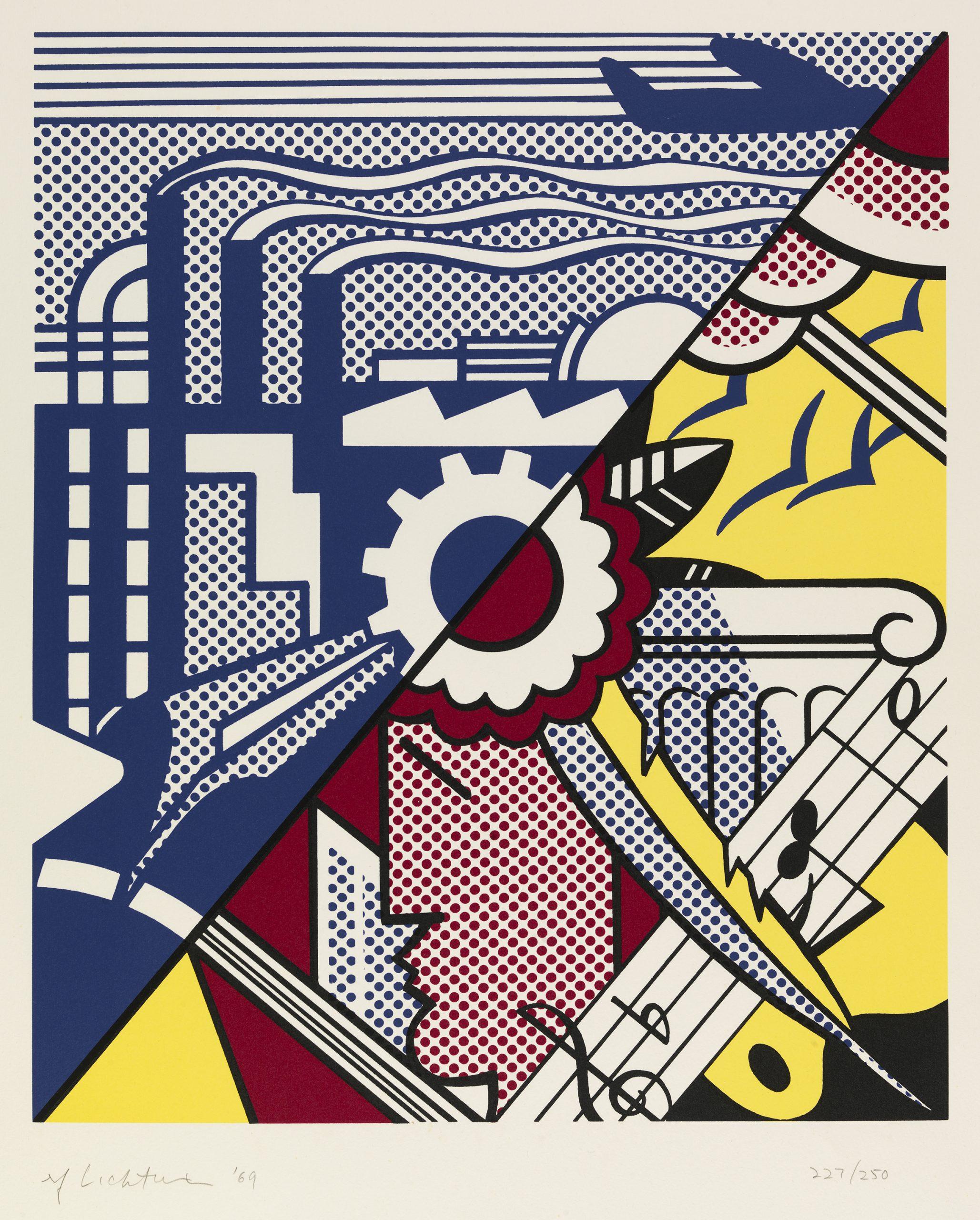The way author Blaine Brownell sees things, architects are in a highly responsible position when it comes to material use – and that requires some strategic thinking about how they build.
“Architects specify the materials that go into about 40 percent of all resources used,” the author of “Material Strategies” says. “It’s important to understand the deeper implications of those decisions.”
“Material Strategies,” published as part of Princeton Architectural Press’s “Architecture Brief” series, is his third book on material innovations. It addresses the difference between simply picking materials out of a catalog and using them holistically and innovatively.
“If we only repeat what’s been done before, it doesn’t advance the profession,” the architect and educator at the University of Minnesota says. “What we have in architecture primarily are ‘how-to’ guides and best practices. It leads to solidification and stagnation.”
His concise and compact (158 pages) new book seeks to educate his audience about strategies that can overcome that and lead to innovation in architecture.
Among these are:
- Editing. There are, he says, too many cooks in the kitchen. “There needs to be a strong, authoritative and methodical voice for strong results,” he says.
- Assimilation: An integrated design doesn’t necessarily lead to a creative blending of architecture, landscape architecture and engineering. “Calatrava and Norman Foster aren’t afraid to blur those boundaries,” he says. “And in Japan, architects are now hiring former ship builders to build their buildings.’
- Pushing limits: For every project, architects need to look for ways to push the boundaries – to reinterpret the client’s program. “If we don’t do that, we fail,” he says. “It’s a matter of pushing on our own predispositions of what the program is and what the spaces are –and where people do certain activities.”
In terms of innovative material thinking, he cites an architect in Abu Dhabi who’s found a way to make a new kind of brick that needs no firing in an oven. “It’s made of sand, bacteria and urea,” he says. “It allows for a calcification process, like coral, in a mold.” The result is energy savings for a brick made from abundant materials that, like any other brick today, is applied as decoration rather than structural support.
In short, a more inquisitive and knowledgeable architect can make a more interesting building.
For more on “Material Strategies,” go to http://www.papress.com/html/book.details.page.tpl?isbn=9781568989860
[slideshow id=579]

